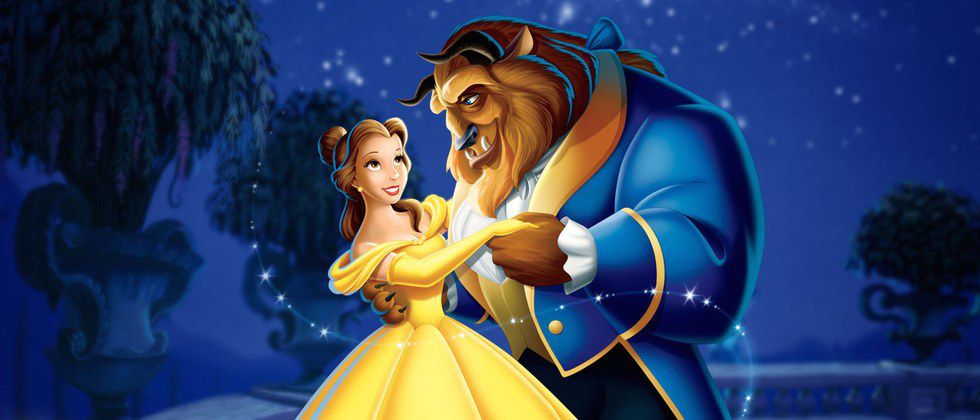1. Stockholm Syndrome
Stockholm syndrome is a well publicized psychological phenomenon in which a captive or abused person begins to have sympathy, or in some cases love their abuser. In the Beauty and the Beast, Belle remains a captive in a strange home. Even with some issues in the relationship between her and the beast, she interprets small signs of "change" to be an indication that the beast is no longer a beast. Lucky for her, she turns out to be right. Captors don't change with true love's kiss in the real world.
2. Locked-in Syndrome
Locked in syndrome is a disorder in which, due to poison or some other trauma, the patient becomes locked in a comatose state unable to respond to the outside world. This parallels very closely to the story of sleeping beauty. The spinning wheel could have easily been lined with a neurotoxin which would then incapacitate princess Aurora for an inconceivable amount of time. Patients with this condition may also eventually regain muscle movement, explaining her sudden awakening. They are also often aware of their surroundings, perhaps making her a bit more trusting of her prince charming.
3. Acrodysostosis
Acrodysostosis is an extremely rare genetic disorder causing unusually small feet and hands. Considering Cinderella's body is not exceptionally small but her feet are, this could be an explanation for how she was able to fit into that glass slipper. Besides her feet, the condition could also explain a few of her other animated features such as a small, upturned nose, and spaced eyes.
4. Hypertrichosis
While humans cannot actually turn into bears (as far as we know), their bodies can be entirely covered in furry hair. Also known as werewolf syndrome, this disorder is inherited from parent to child. However, if the father is unaffected (such as in Merida's case), there is a 50% chance of having a healthy child. In "Brave," only the mother and her triplet sons are affected. It may not be witchcraft, but it has a similar result.
5. Waardenburg Syndrome
Waardenburg Syndrome is a genetic disorder which causes spaced eyes, hearing loss, and a single lock of white hair on the head. Sound familiar? This could explain both Princess Anna's physical appearance and feisty personality. It can originate from a mutation, meaning she didn't have to inherit it from any of her family members. It's not that she wasn't listening, she actually just couldn't hear anyone.




















